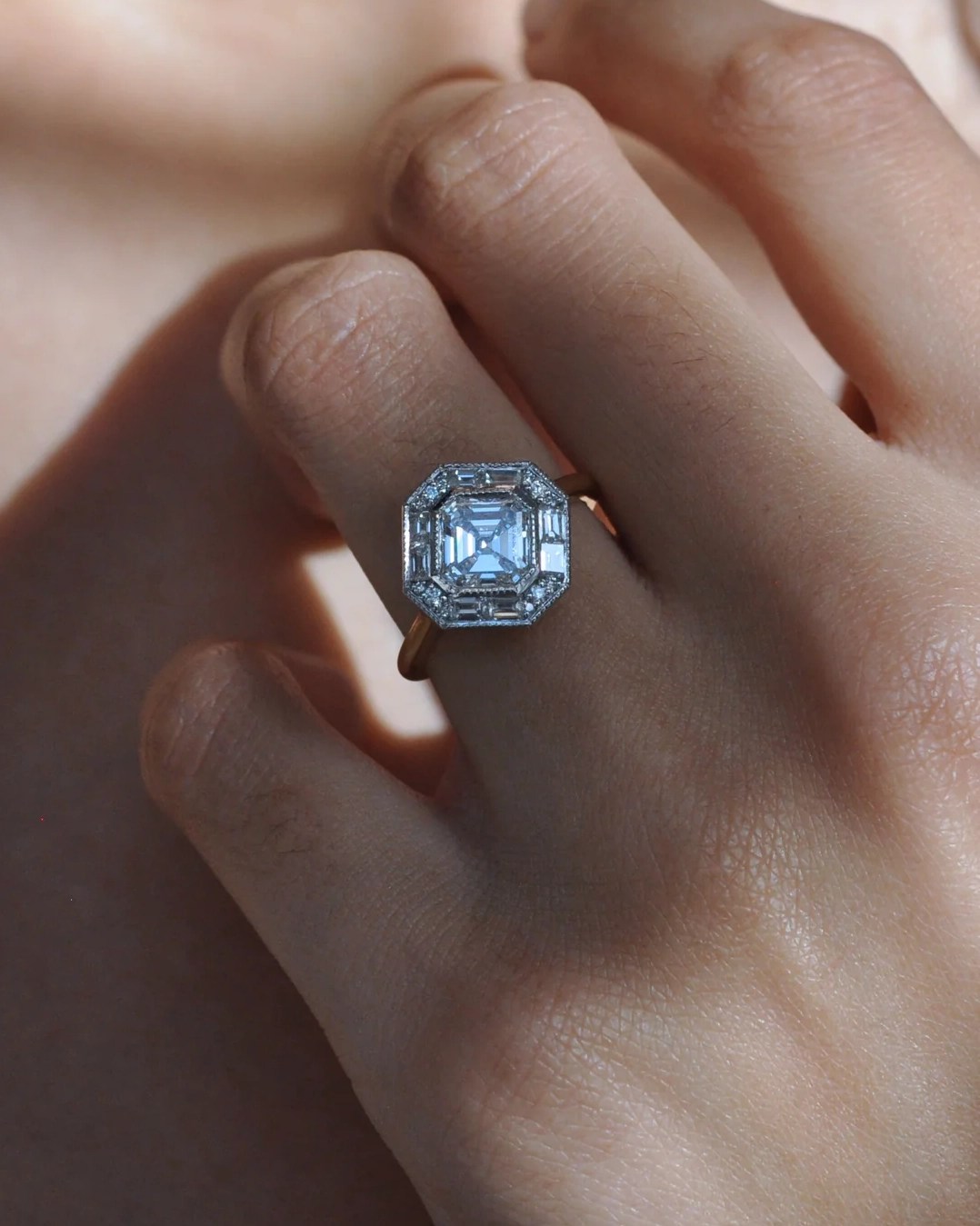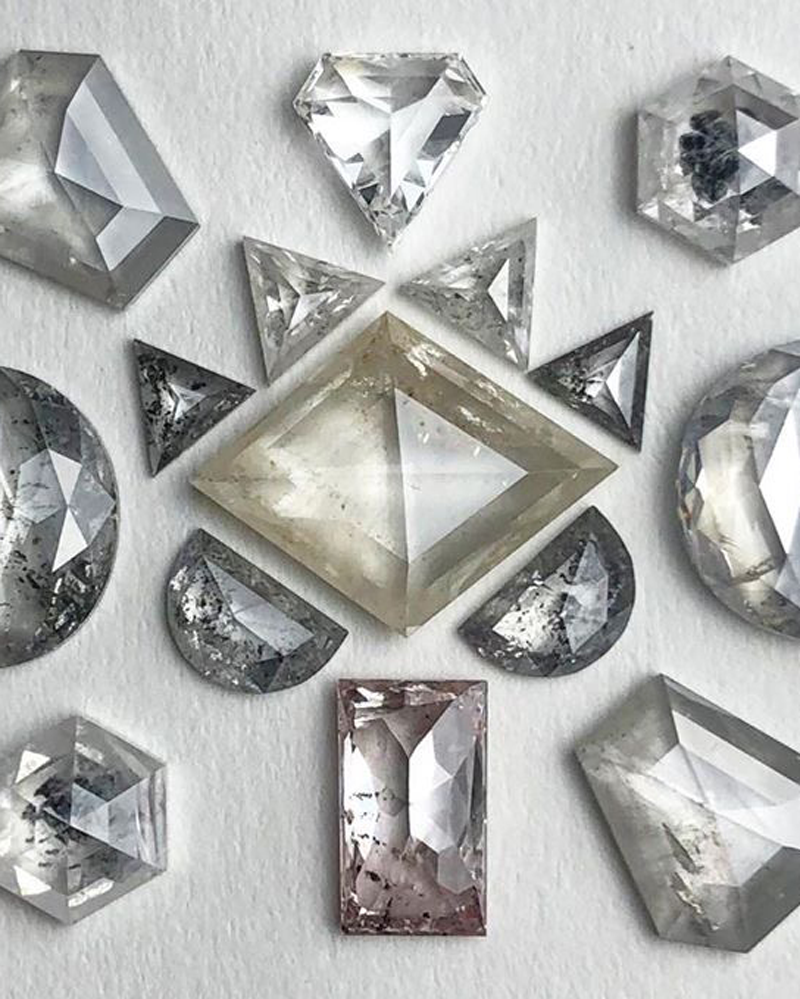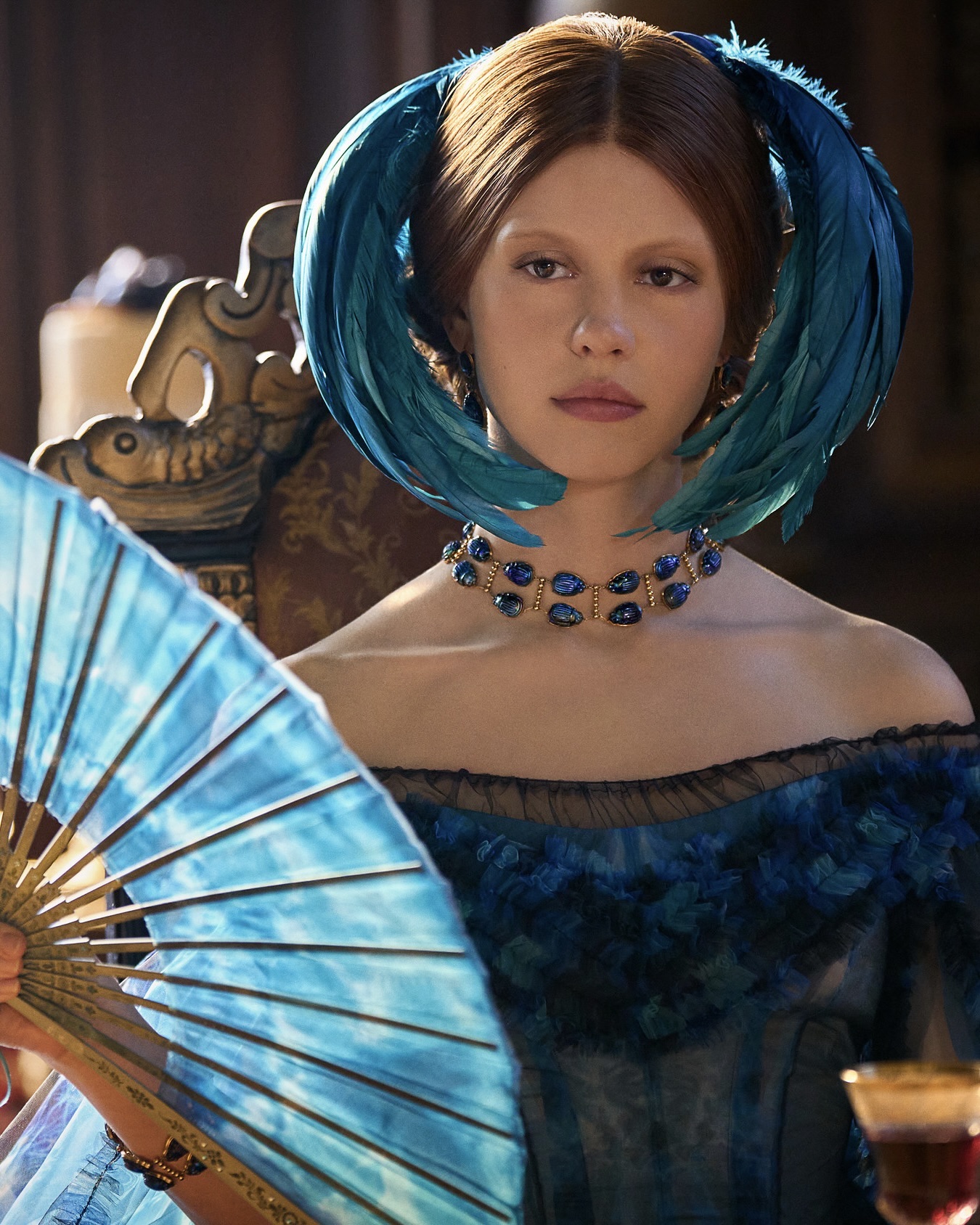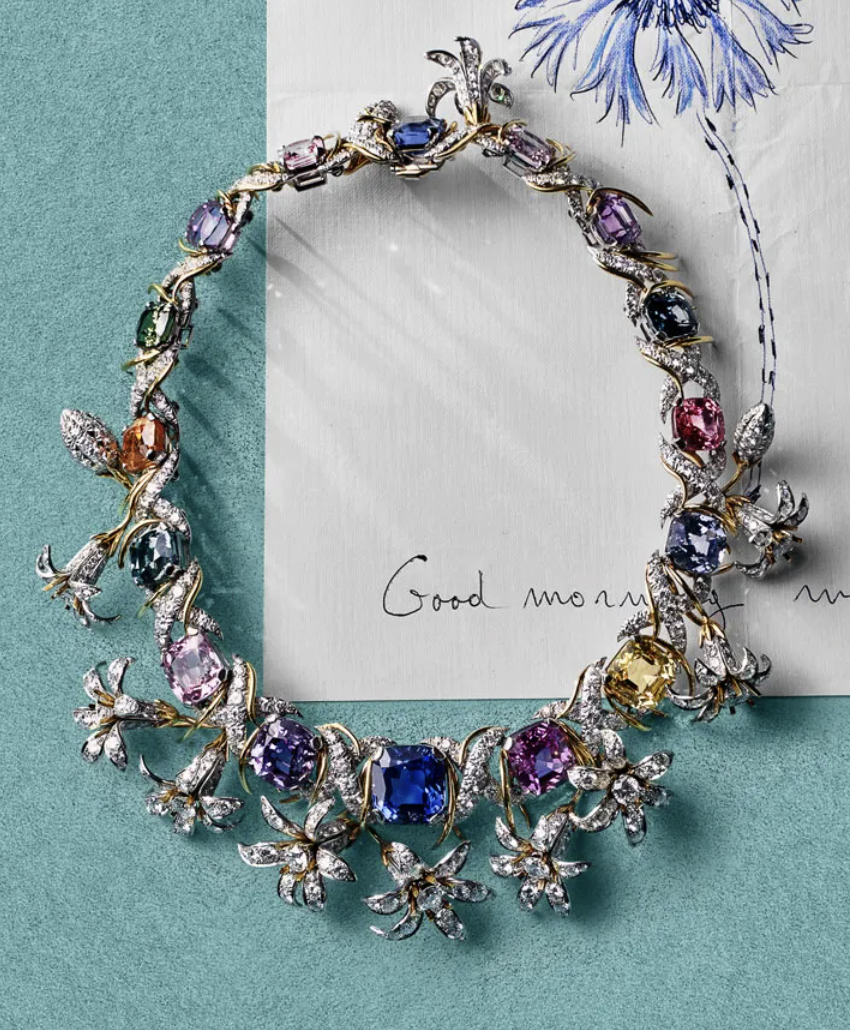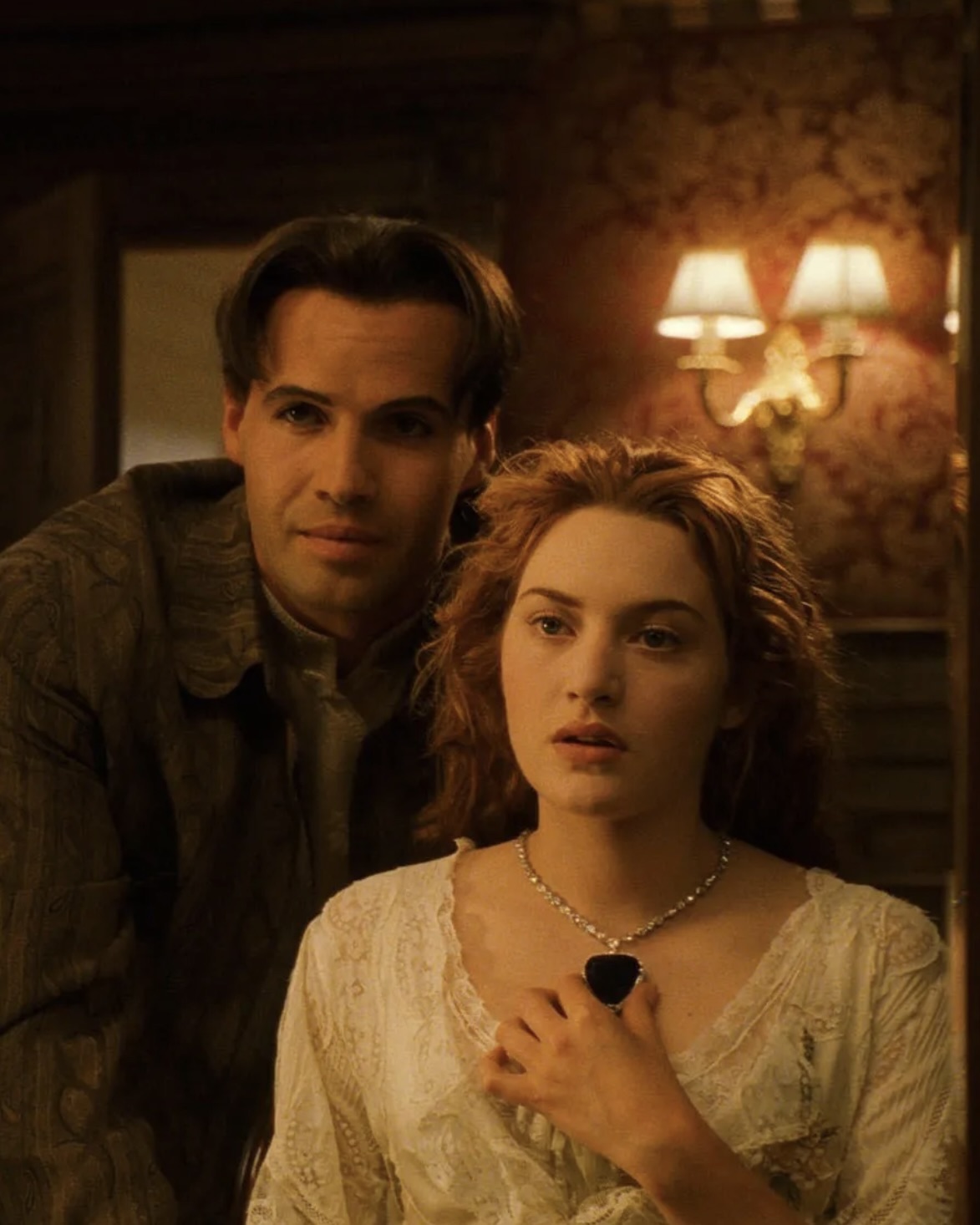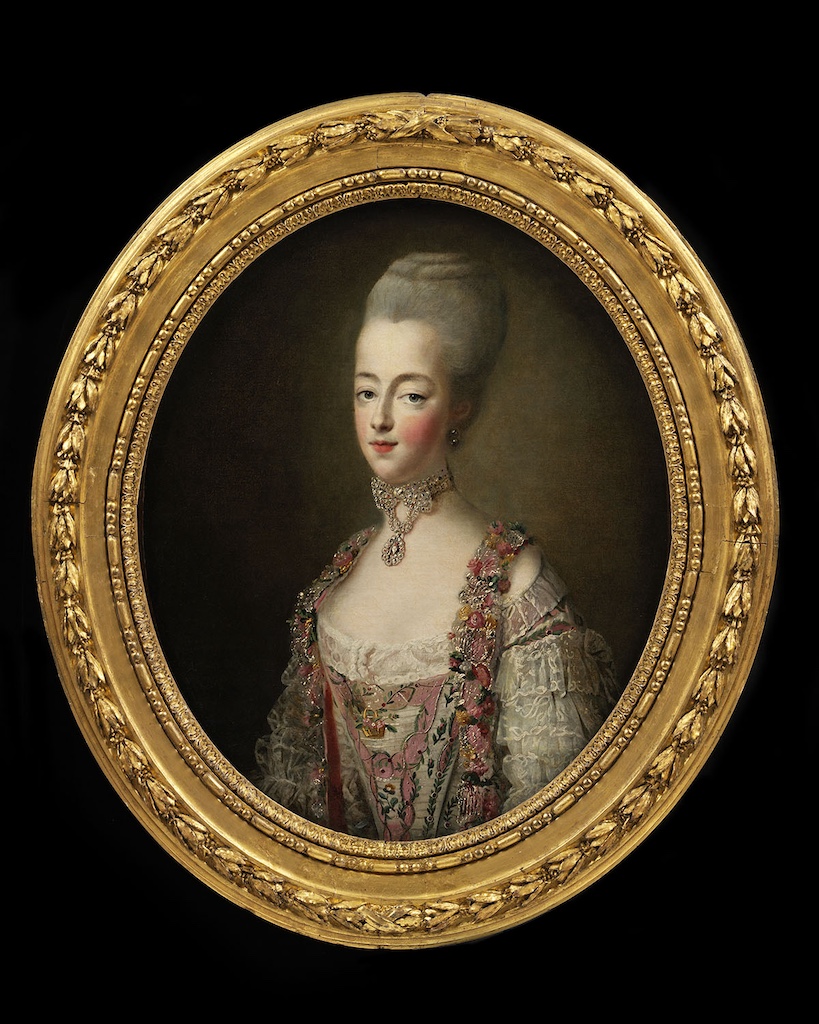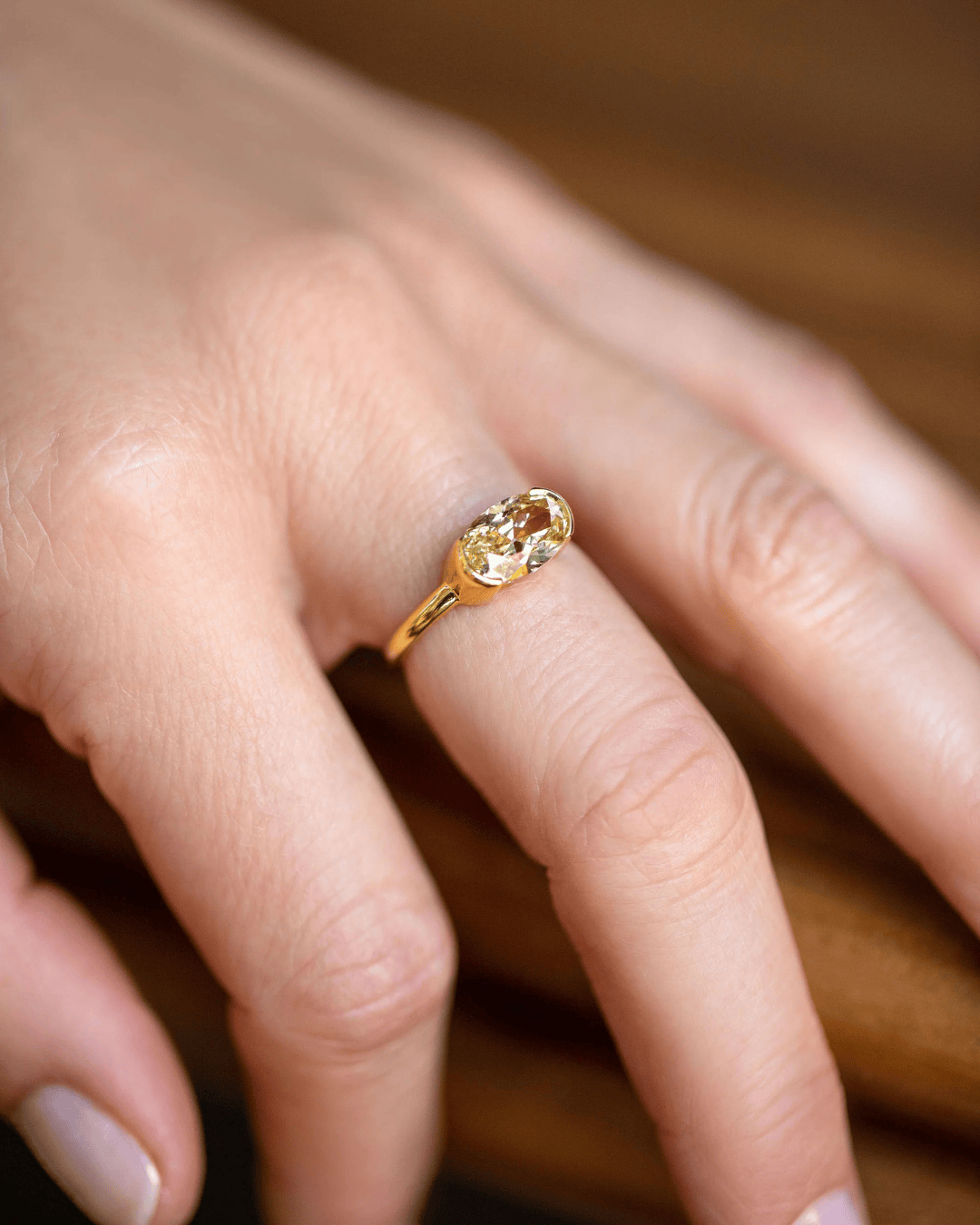Culture & Style
Who’s Who in Diamond Jewelry: Meet Selim Mouzannar
By Jill Newman, May 5, 2025
A fourth-generation Franco-Lebanese jeweler on seeking adventure, finding joy, and family businesses.
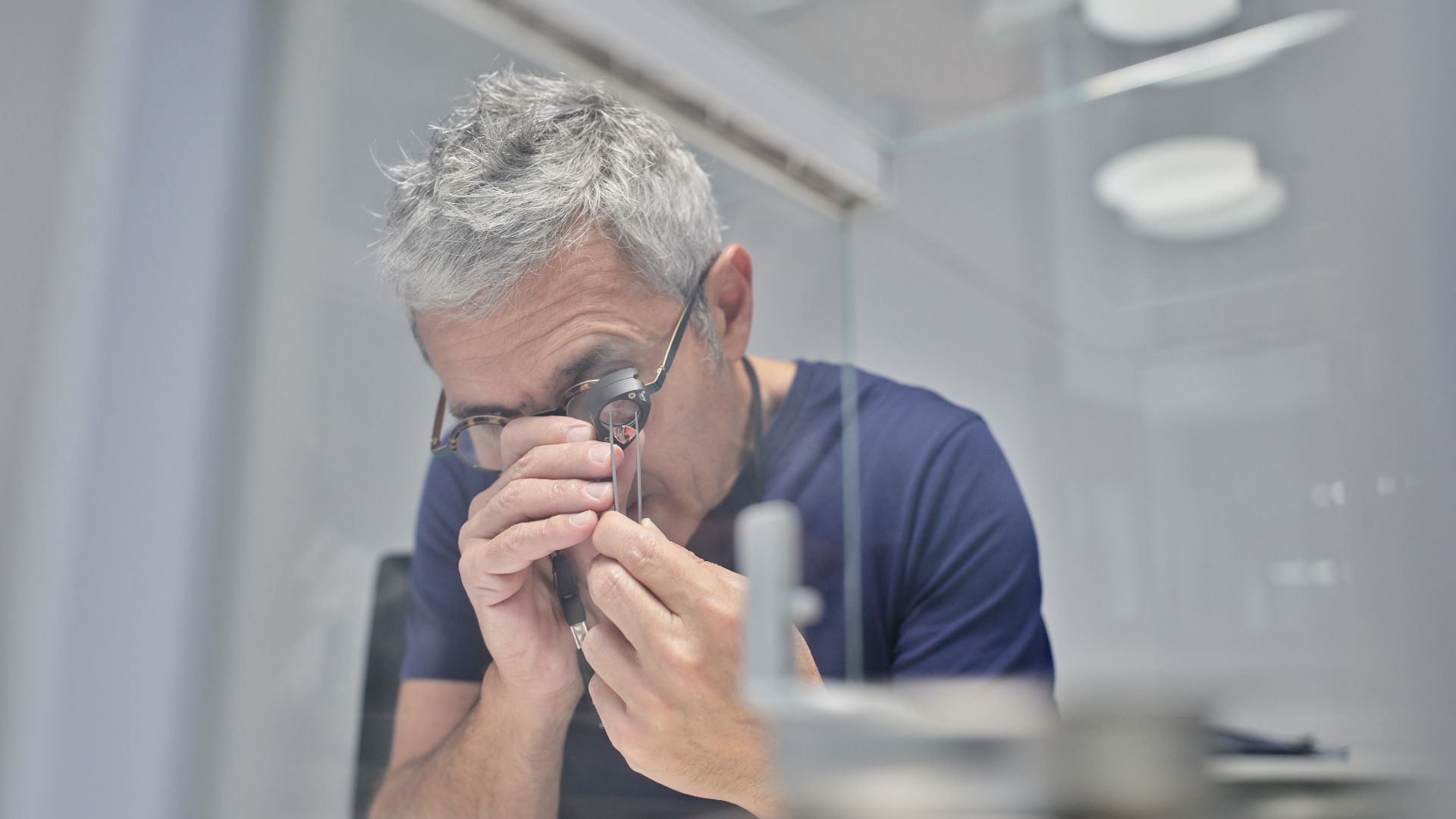
Selim Mouzannar
Don’t be surprised to see Selim Mouzannar upside down in a headstand at the Couture jewelry show. At 62 years old, he’s as fit as men half his age, but the exercise isn’t about his physical prowess. It’s his way of reminding others not to take life too seriously. Having grown up in Beirut during political upheaval and war, he has chosen to pursue joy in his daily life through his colorful, playful jewelry.
As a fourth-generation jeweler, Mouzannar could have easily followed in his family’s footsteps, making traditional pieces, like the kind his father successfully made and sold in Beirut’s Old Souk. But he chose a different path. After studying mineralogy in France and Belgium, he traveled the world, worked in Saudi Arabia, and mined for rubies in Thailand. When he returned to Beirut, he developed his own aesthetic, merging his love of romantic Ottoman jewelry with Western style and a sense of joy. In 1993, he opened his workshop, the bustling center of his business, where everything is handmade, including his finely detailed enamel pieces and his signature diamond cut.
Today, he divides his time between Paris and Beirut. His children, Ranwa and Namir, have joined the business as the fifth generation of Mouzannar jewelers.

Selim Mouzannar’s Early Years in Jewelry
Only Natural Diamonds: What is your earliest memory of jewelry?
Selim Mouzannar: I have vivid images of visiting my father, grandfather, and uncles at Beirut’s Old Souk when I was a small child, where they made and sold jewelry. I remember the smells of the souk. When you’re young, you’re like a sponge, and you take in everything.
OND: Did you feel pressure to follow in the family’s jewelry path?
SM: Well, yes. My great-grandfather was a jeweler in Damascus. When civil war broke out, he came to Beirut, where he trained my grandfather, who had eight children: five boys and three girls. My grandfather bought each of the boys a shop in the souk. In 1976, at the start of the Civil War, the souk was destroyed. Today, it’s more of a mini bazaar.
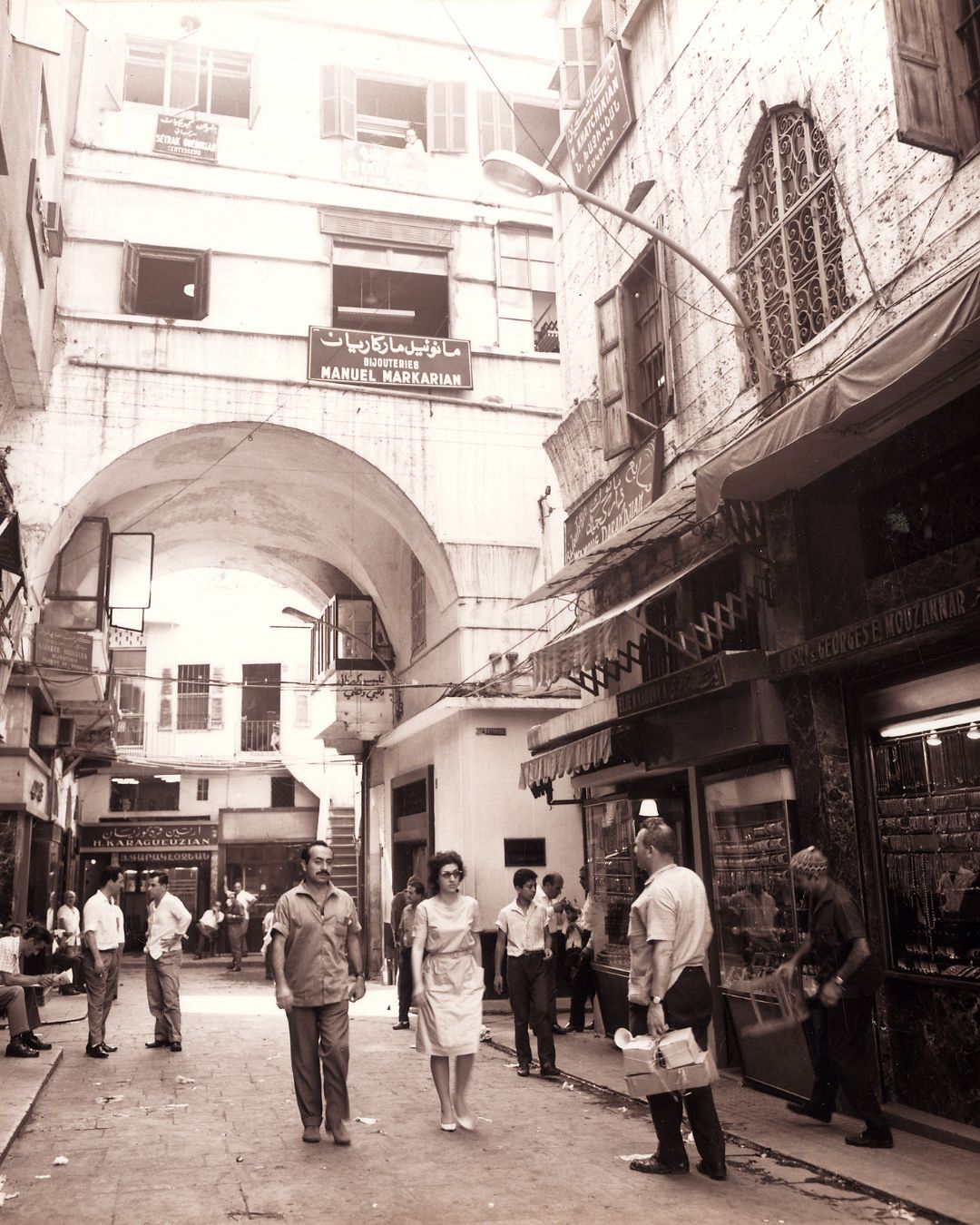
OND: How did your “adventure years” shape you?
SM: I traveled around Thailand, Cambodia, and Burma to mine and source gems because I wanted to feel closer to the source — the earth where the crystals are mined. It was a time of big discovery, and I felt more emotionally connected to gems because you must find at least 100 stones to find just one nice, clear stone. It helped me appreciate the value of gems even more.
Selim Mouzannar’s Signature Style
OND: What motivated you to start your own collection?
SM: I had a small workshop and was making custom pieces for sophisticated women, a network of people that I knew in Beirut. These women could afford anything, and they were happy to discover me. They encouraged me to start my own collection.
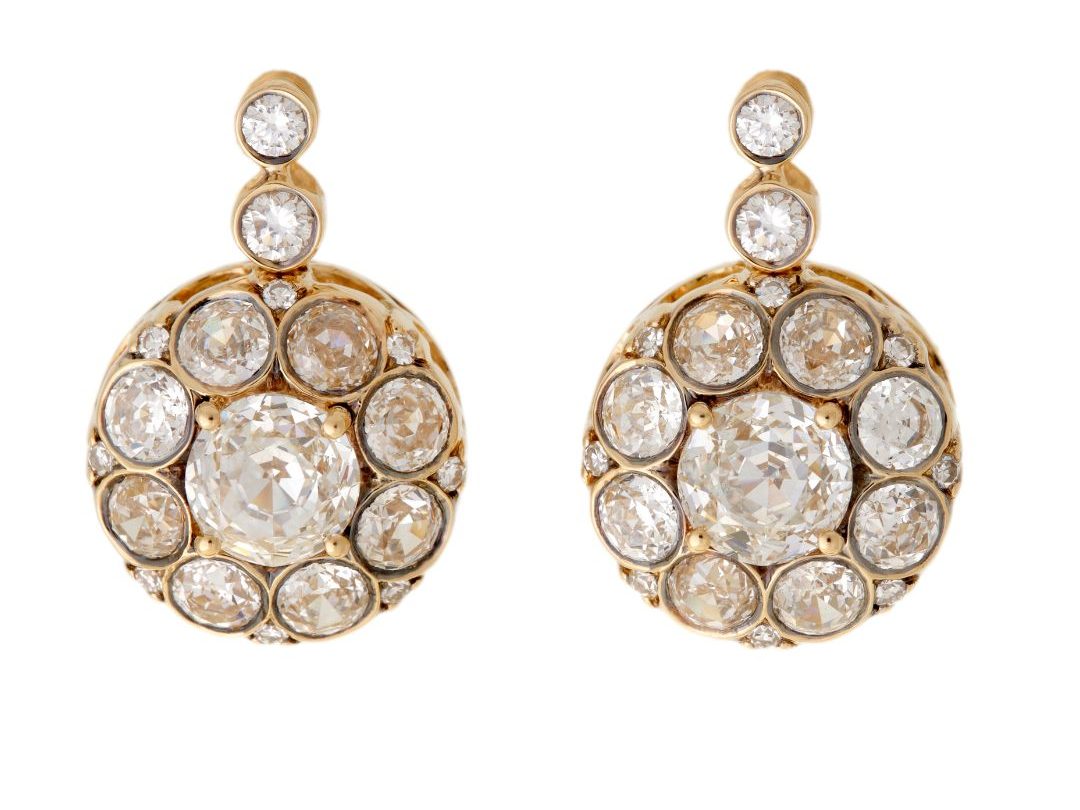
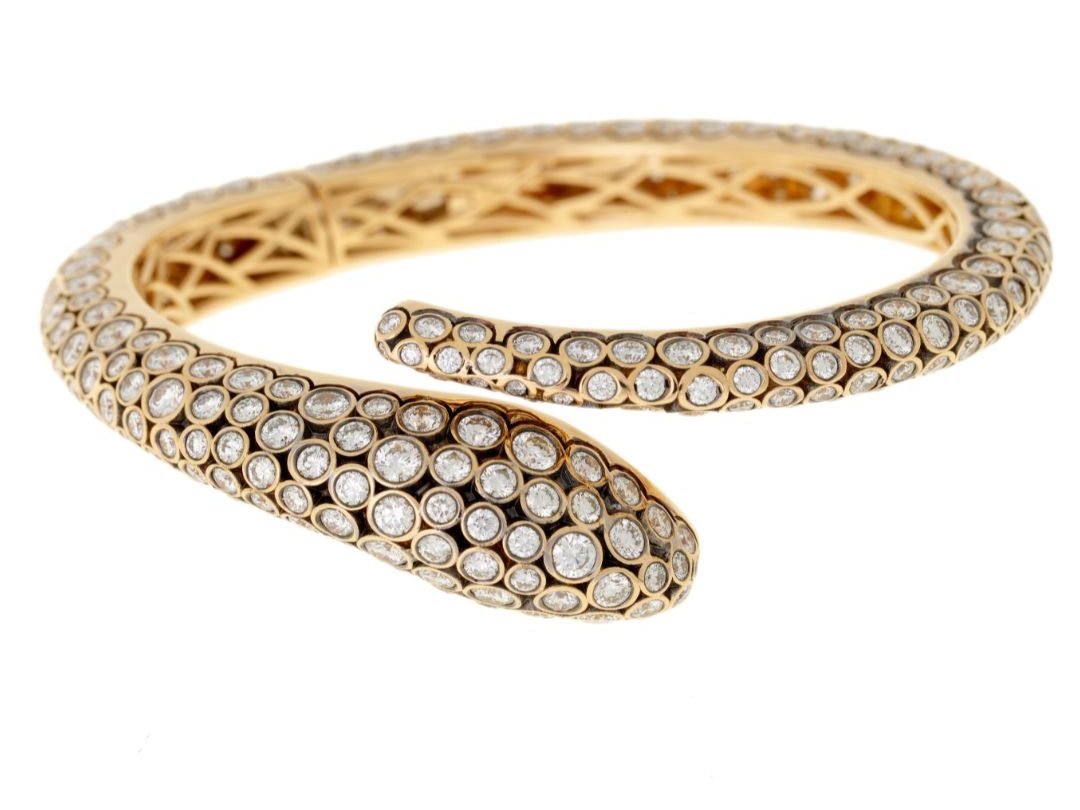
OND: What inspired you to create the Selim Mouzannar Round Step Cut diamond?
SM: A lot of modern diamonds are too perfect and lack an emotional spark. In my mind, I dreamt about making a new cut. I designed the shape: a hybrid with a high crown and a step-cut pavilion, and it took years to get it right. A one-carat diamond will cost a little more than other one-carat stones, but I don’t care. It has the spirit of old cuts, a little bit of the spirit of the old Golconda diamonds. There’s warmth, some imperfections, and something that creates an emotional connection.
OND: Do you still make bespoke commissions?
SM: Yes, I have many personal clients, mainly in Beirut and some in Paris and the U.S. A client recently brought me a 10-carat cushion-cut diamond, which I had recut like an old Golconda style. It’s flat and not very deep, so it almost appears like a piece of glass. I set it simply with one pearl as a single earring.
Selim Mouzannar: A Family Business
OND: Did you want your kids to join the business?
SM: I tried to push them far from this business because I wanted them to see other things and have the chance to choose freely. My daughter studied hotel management and marketing in Switzerland, and my son went to Kings College in London. My daughter was working for the Aman in London and was accepted to Georgetown University for a master’s in hotel management. But a week before she was going to start, she decided to study gemology in New York. Now, she heads marketing and branding from Paris. My son, who is great at math, is helping with everything in the workshop.

OND: What’s the advantage of a family business?
SM: You won’t get fired.
OND: If you weren’t a jeweler, what would you be?
SM: A journalist because I’m curious, and a journalist has to be very close to reality. I like the truth.
OND: Advice to newcomers in jewelry?
SM: You cannot come and make a revolution. You must respect the past. You can innovate with new materials and shapes, but try to avoid an aggressive message. Respect the balance in design and style.
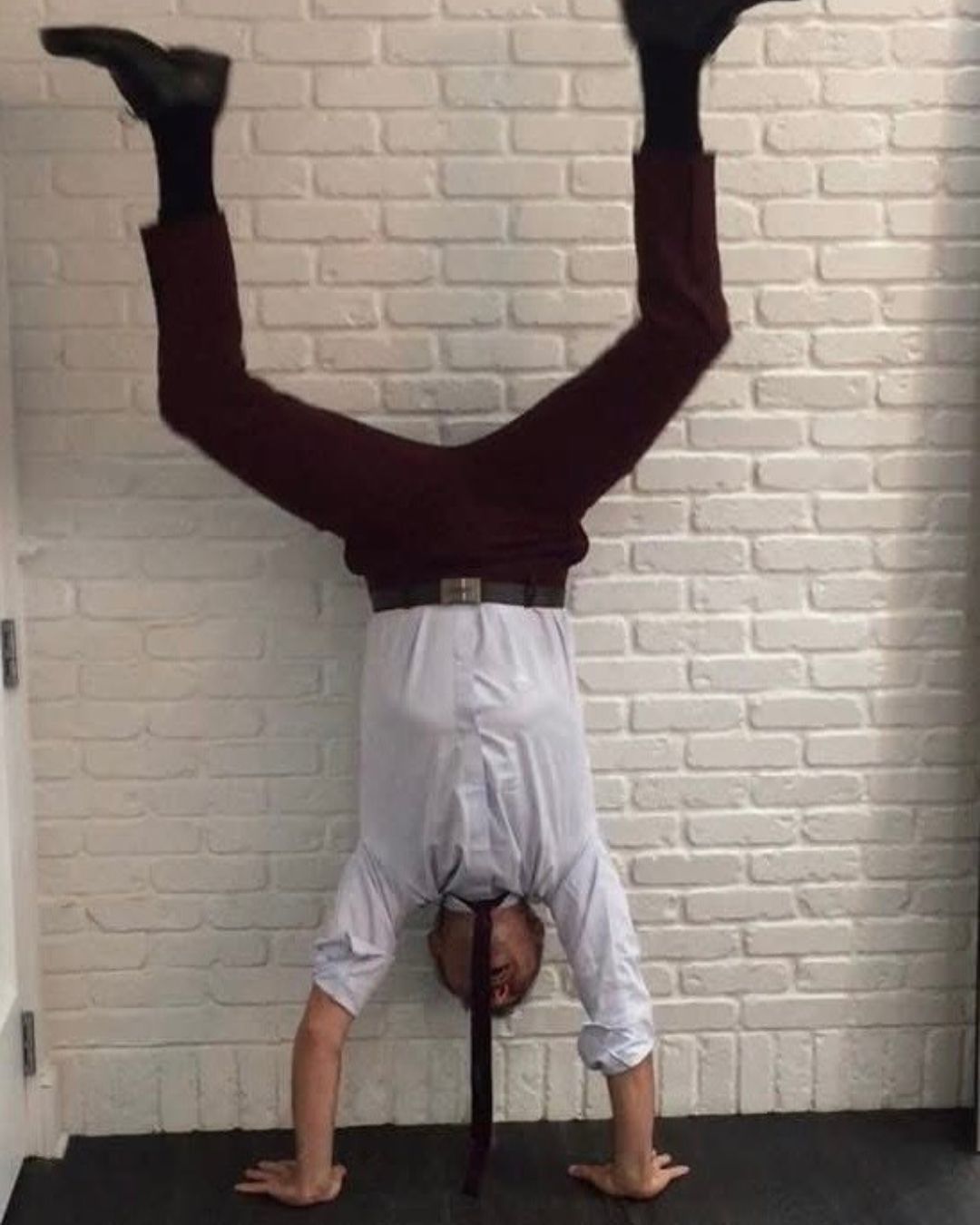
OND: Why are you known for doing headstands?
SM: The headstand sends a message that life is short, so laugh and don’t take things too seriously. We are 8 billion people on Earth, and I prefer to be an optimistic idiot.
